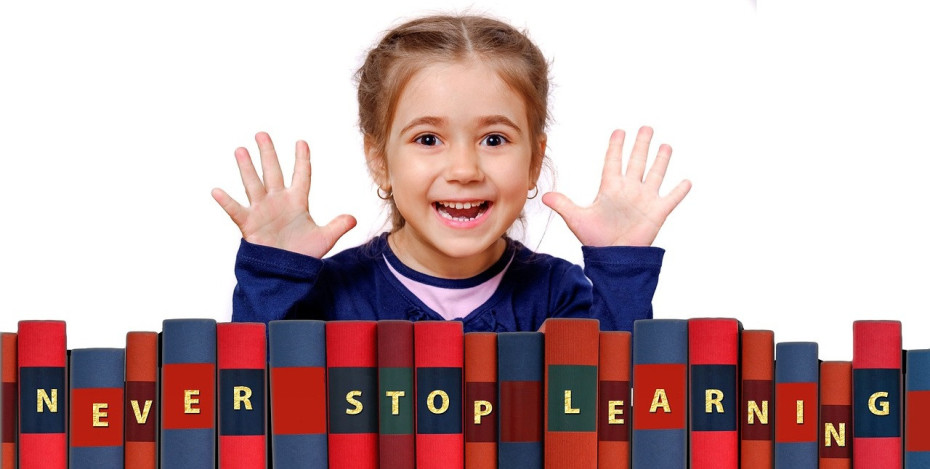
Loading...

Loading...

It is a fact that no two children learn exactly the same way. Some kids learn better by seeing things. Others need to hear information. Many learn best by doing hands-on activities. That is why the modern play schools are moving beyond old-school teaching methods.
The old classroom setup - teacher at the front, kids sitting quietly - is becoming a thing of the past. Today's schools understand that children have different strengths and ways of processing information. Today, we will discuss how the best pre schools in Gurgaon adapt to different learning styles.
Kids typically fall into these learning categories:
Most kids use a mix of these styles but usually favor one or two approaches.
Modern play schools in Gurgaon have redesigned their teaching to include activities that engage multiple senses and learning paths.
For example, when teaching the alphabet, good schools might:
This approach ensures every child can grasp concepts, regardless of their learning style.
The physical layout of classrooms has changed to support different learning styles. Leading schools now create various zones within classrooms:
These thoughtfully designed spaces let children engage with material in ways that work best for them.
Little Leaders Primary School stands out in this educational landscape. Unlike many places offering only play school or K12 education, Little Leaders is one of the top Primary Schools that follows the NEP guidelines that allow children to study up to Grade 5 in the same nurturing environment.
If you are looking for a good daycare in Gurgaon, Little Leaders is the best option for you as the personalized learning approach offers three key benefits:
With smaller classes, teachers can better identify and adapt to each child's learning style.
When searching for the right daycare in Gurgaon for your child, look at how the school handles different learning styles. Go beyond the standard curriculum to understand how the school adapts to individual needs and preferences. The best schools know that learning isn't one-dimensional. They create environments where all children can thrive by offering multiple paths to understanding.